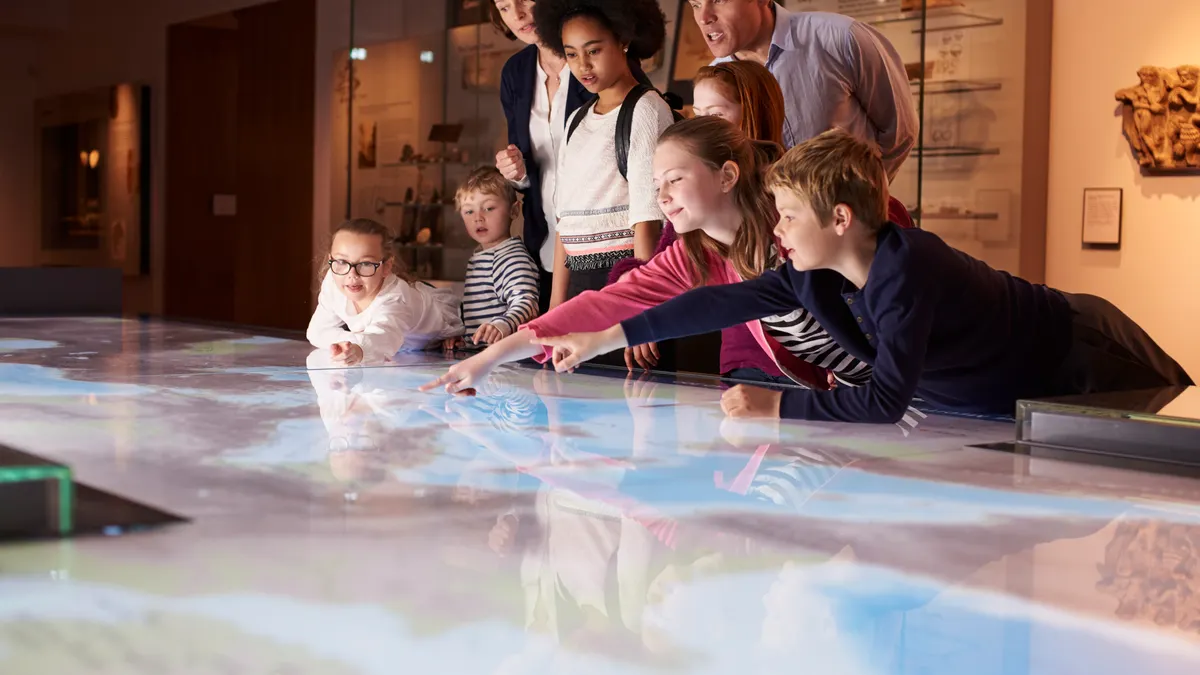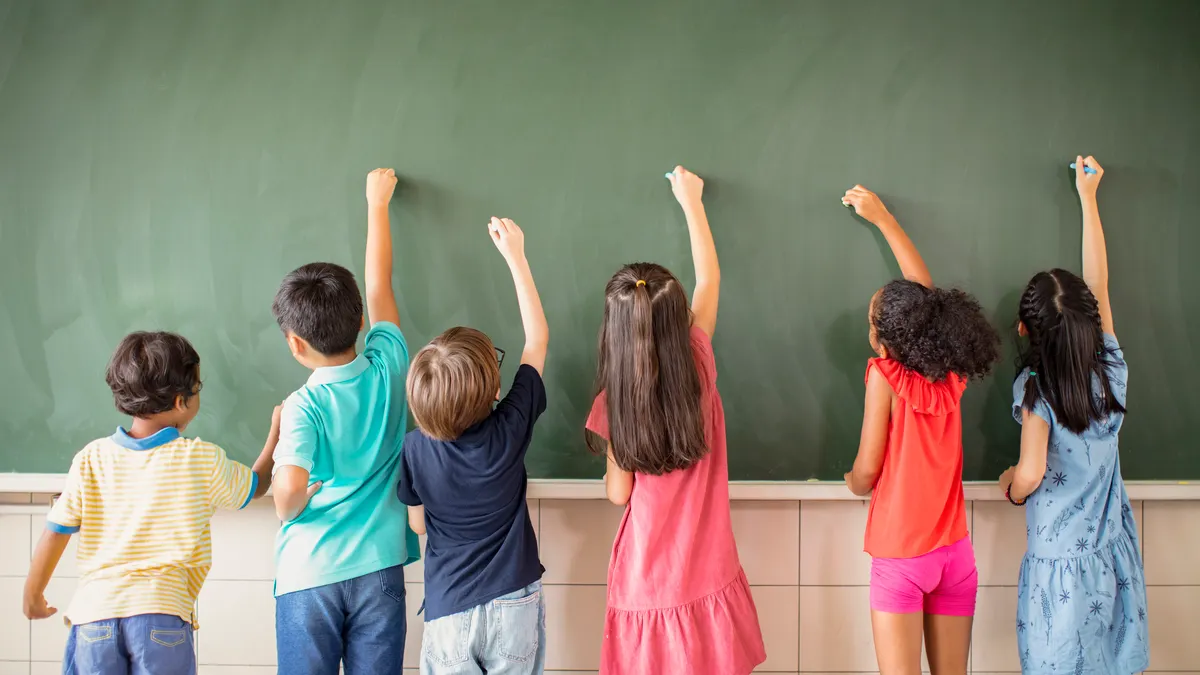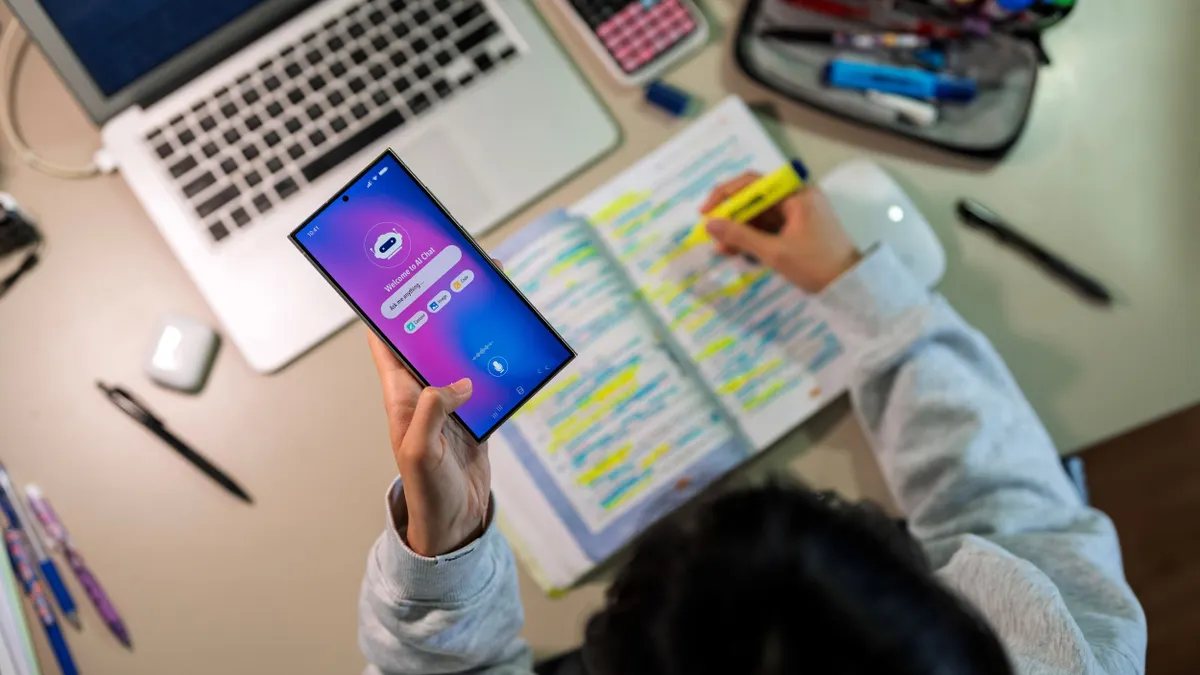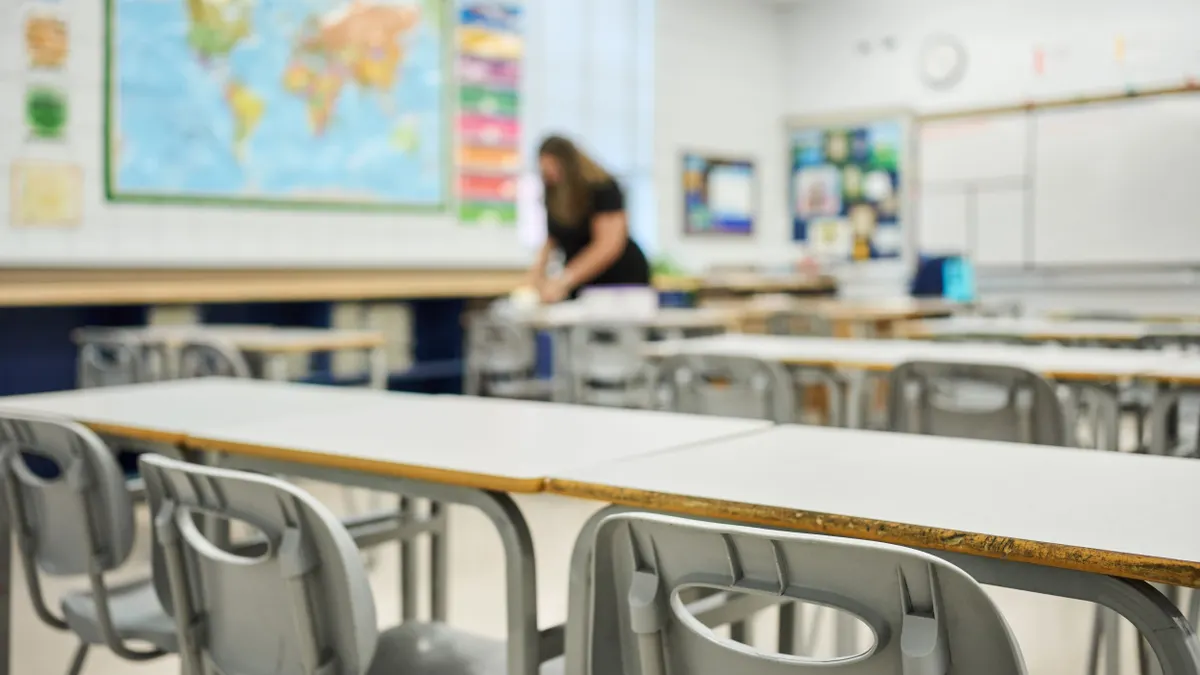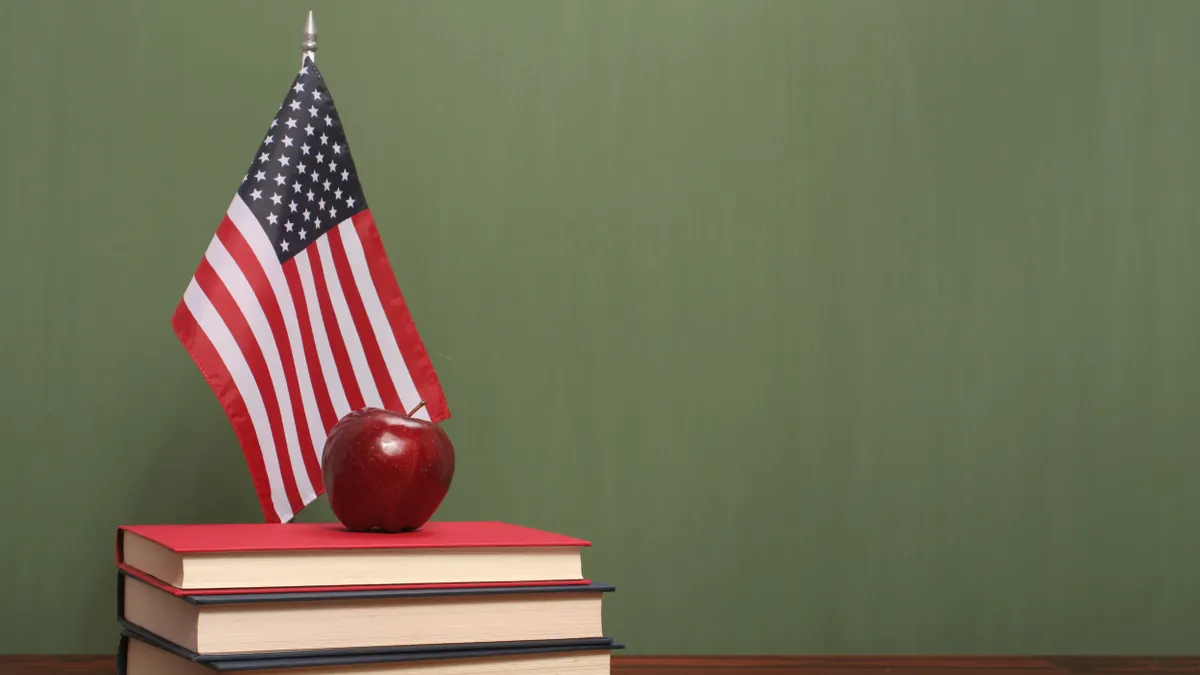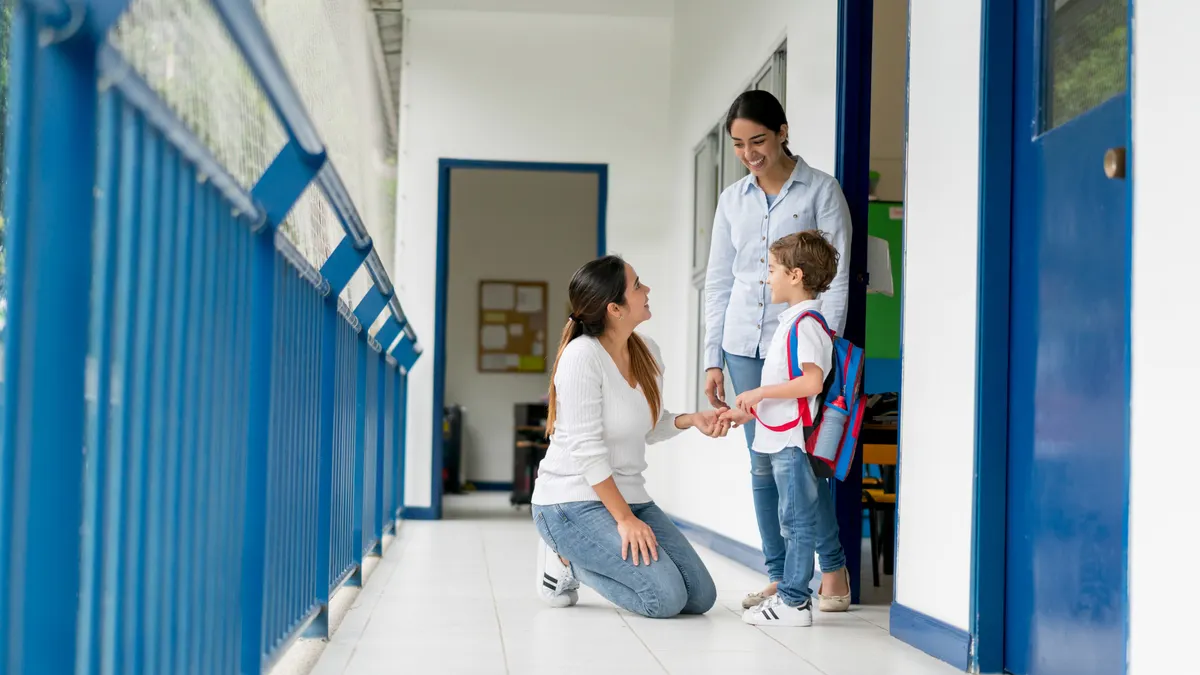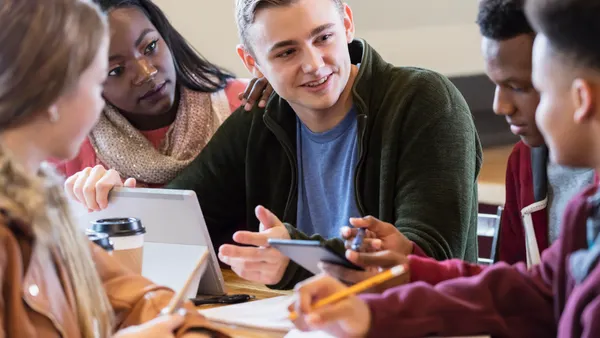Curricula connected to the workplace engage students in ways that traditional sit-and-get instruction can’t. Lessons formed by organizations outside the classroom offer a deeper understanding of how learning in the classroom is applied in the real world.
Businesses and organizations are designing teacher-friendly curricula that can inspire students and perhaps even attract them to specific fields. The curricula, fortified with state education standards, are essentially a community service. But if they end up feeding future workers into given industries — or, in some cases, producing more civically engaged citizens — it’s worth the effort.
Here are a few examples of curricula developed with the hope of inspiring students to understand that what they're learning now will matter later.
Courting students to care about civics
The Ohio Supreme Court recently launched a high school curriculum program called "Under Advisement: Ohio Supreme Court Cases on Demand."
One of the trials in the curriculum centers around the real-life case of a 17-year-old girl who died in a car accident. The road on which she traveled had recently been repaved, and that roadwork turned out to be a contributing factor in the deadly crash. Her family filed a lawsuit claiming the county should be held accountable for its negligent repair of the road. The Ohio Supreme Court was asked to decide if the county should be held accountable.
In the course, students are taken through the trial step-by-step. Students formulate questions, think critically and come to their own conclusions about the case. The four-day lesson plan includes a video of the entire trial. It has been thoroughly earmarked for teachers' reference.
"We really tried to break down the oral argument section by section and explain what questions the attorneys were asking and say what points the attorneys were trying to get across," said Sara Stiffler, manager of civic education and outreach programs for the court.
Ohio Chief Justice Maureen O'Connor came up with the idea to develop the free curriculum.
"She wanted something that was available for students all over the state," Stiffler said. "It's free and the teachers can do the curriculum at their convenience."
Learning can be plane fun
The number of workers entering STEM fields continues to be too few to fill the available openings, experts say. A report by the New American Economy Research Fund found there were 13 jobs for every one unemployed STEM worker.
The Core Plus Aerospace program in Washington is attempting to chip away at that shortage through its two-year manufacturing curriculum, which prepares high school participants for jobs in the aerospace and manufacturing industries.
In the West Valley School District in Yakima, Washington, students as young as junior high can begin the process through the 270-hour Core Plus Exploratory program. The junior high program is an early introduction to the aerospace manufacturing field. In it, students learn to use equipment like 3D printers and computer numeric control machines.
"The Core Plus Exploratory program can really connect the students to the field at a younger age," said Christopher Nesmith, director of innovation and futures at West Valley School District 208.
Students don't have to test in, they just have to show they want to participate. "We can bridge any academic gap if they are intrinsically motivated to learn," he said.
That's what the program is all about, he explained. With the ultimate goal of a good-paying job at the end of school, students see the benefit in what they are learning. The classic "I'm never going to use this when I grow up" argument doesn't apply.
The Core Plus Aerospace curriculum allows students to explore potential career interests and map out the post-high school pathway that best fits them, said Sara Garrettson, communications director for Washington Roundtable.
"They come away with the skills needed to work in industry and an advantage pursuing apprenticeships or aligned certificate and degree programs," she said. "Ultimately, we want to ensure Washington kids are prepared for Washington jobs."
Experimenting with futures in space
The Student Spaceflight Experiment Program is another STEM curriculum initiative that blends science, public speaking, technical writing and competition skills. The program, offered by the National Center for Earth and Space Science Education (NCESSE) and the Arthur C. Clarke Institute for Space Education, culminates with the opportunity to earn the chance to send a science experiment into space.
Once in space, astronauts will conduct the experiment in microgravity.
The rigorous process requires students to create well-written, anti-gravity experiment proposals. Those experiments are subjected to many selection processes. Ultimately, a few are launched to the International Space Station.
Mary Courtney, a chemistry teacher and the lead science teacher at East High School in Rochester, New York, has used this curriculum.
"Offering these types of authentic learning experiences really enhances students' belief in themselves and their ability to produce high-level work," she said. "When they know that outside professionals trust them to produce authentic, high-level science work, they are inspired to do just that."
The central role of formal education is to prepare our students for the real world,” said Jeff Goldstein, center director at the NCESSE. “In STEM fields, students need to understand what is expected of scientists and engineers. Immersing students in real-world research experiences is how to do it. It's why this program was created.”
Teaching students about subjects in which they are interested is the key to engaging them, Nesmith added. "Curriculums that end with real-world results are intrinsically motivating," he added. "Students need a purpose for learning. Even teachers hate sitting in professional development unless they are into what they are listening to."







